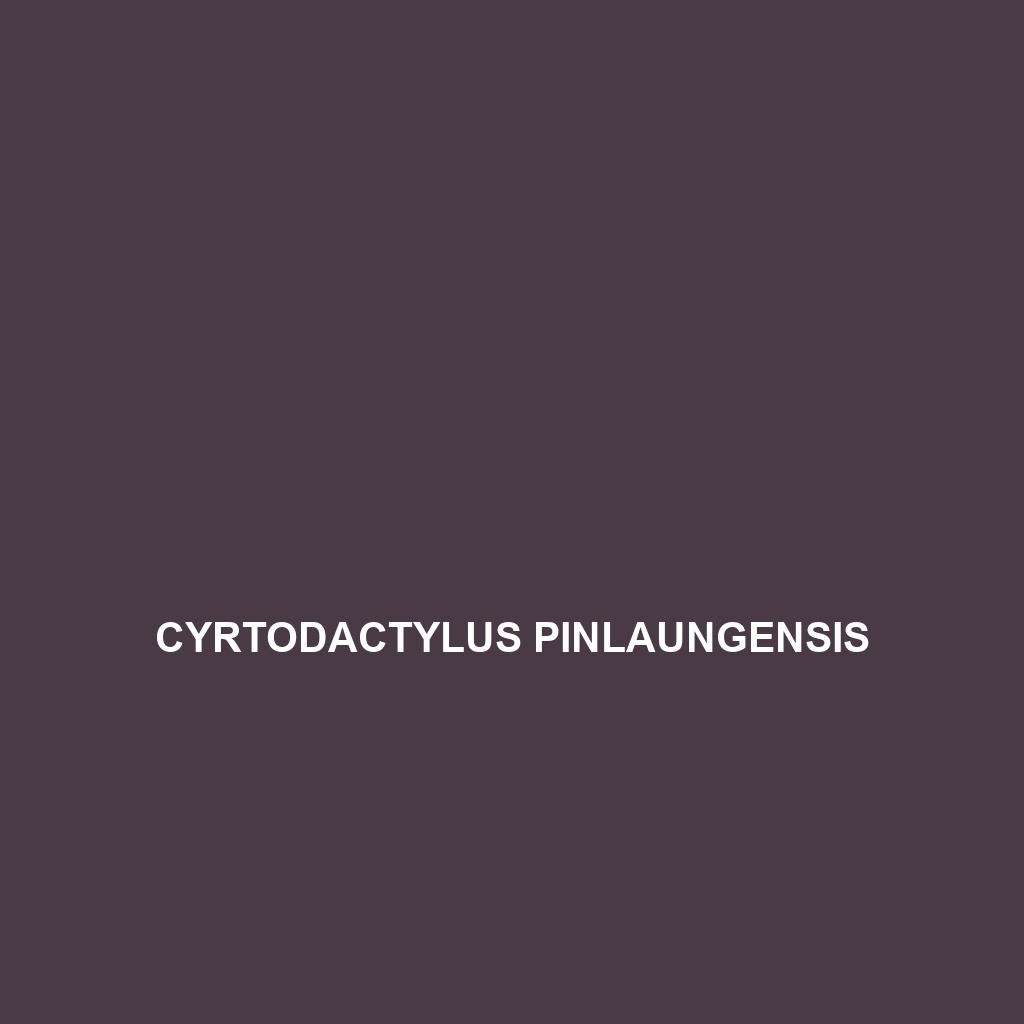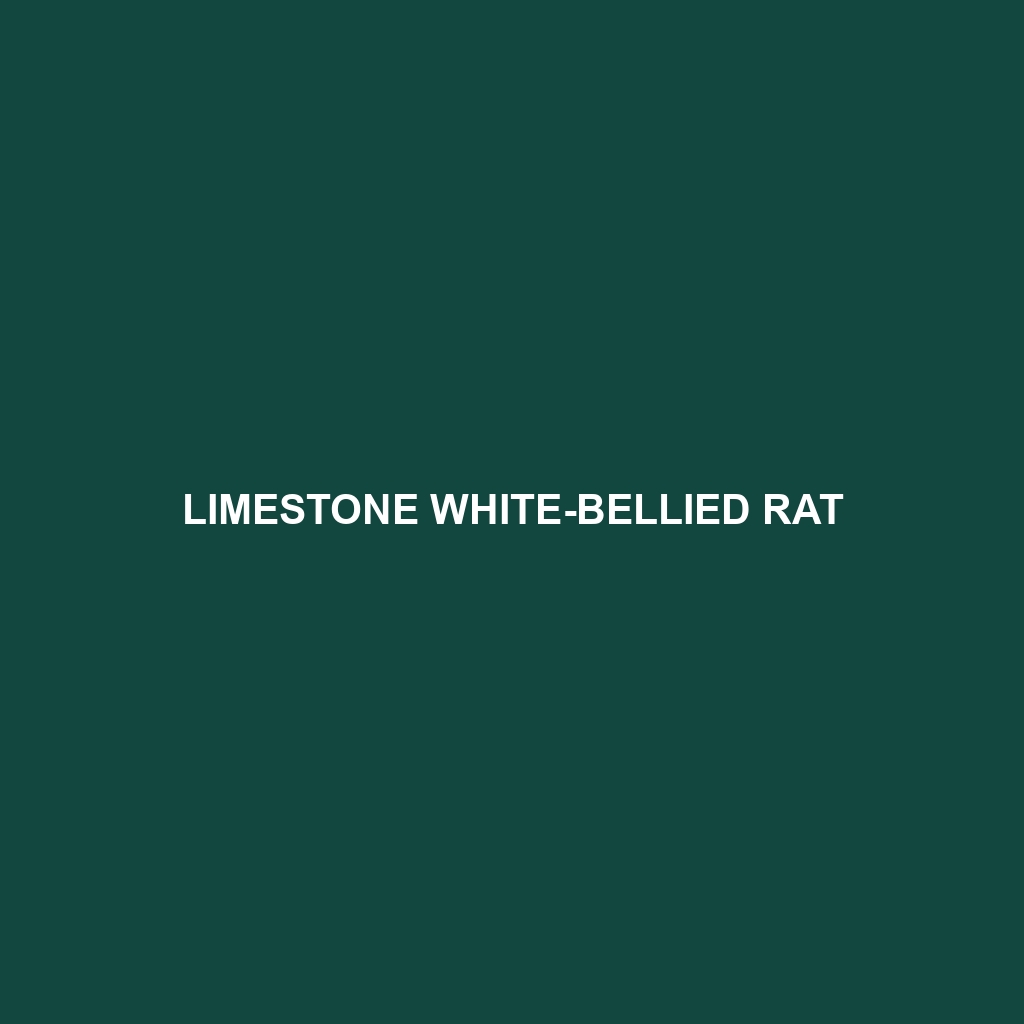The Cyrtodactylus phuquocensis, or Phu Quoc bent-toed gecko, is a slender, nocturnal insectivore native to the humid tropical forests of Phu Quoc Island, Vietnam, characterized by its distinctive light brown or grayish dorsal pattern and adhesive toe pads. Currently classified as vulnerable, this fascinating species plays a crucial role in maintaining the ecological balance by regulating insect populations within its habitat.
Tag: limestone karst
Cyrtodactylus khammouanensis
<strong>Cyrtodactylus khammouanensis</strong> is a vulnerable gecko species native to the limestone karst regions of central Laos, characterized by its light brown coloration with darker mottling, moderate body size of 8 to 15 cm, and nocturnal behavior. This agile predator plays a vital role in insect control and contributes to the ecosystem's balance while facing threats from habitat destruction.
Cyrtodactylus houaphanensis
Cyrtodactylus houaphanensis, a nocturnal gecko native to the mountainous regions of Laos, thrives in limestone karst ecosystems and is recognized for its distinctive brown and gray banded appearance, reaching lengths of 15 to 25 cm. This vulnerable species plays a vital role in its habitat as an insectivore, contributing to ecological balance while facing threats from habitat degradation.
Dusky Seram Mosaic-tailed Rat
Explore the fascinating world of the **Daovantien's Limestone Rat**, a unique species native to the limestone karst regions of Southeast Asia. Discover its physical characteristics, omnivorous diet, and vital role in the ecosystem, as well as the challenges it faces due to habitat loss. Learn about this vulnerable rodent's behaviors and interesting adaptations that make it a remarkable inhabitant of its rugged environment.
Limestone White-bellied Rat
Discover the Limestone White-bellied Rat, a unique rodent native to Southeast Asia's limestone karst regions. With its distinctive white underbelly and agile climbing abilities, this medium-sized species plays a vital role in its ecosystem as both a herbivore and prey. However, it faces conservation challenges due to habitat loss, underscoring the need for protective measures to preserve this fascinating creature and its environment.




